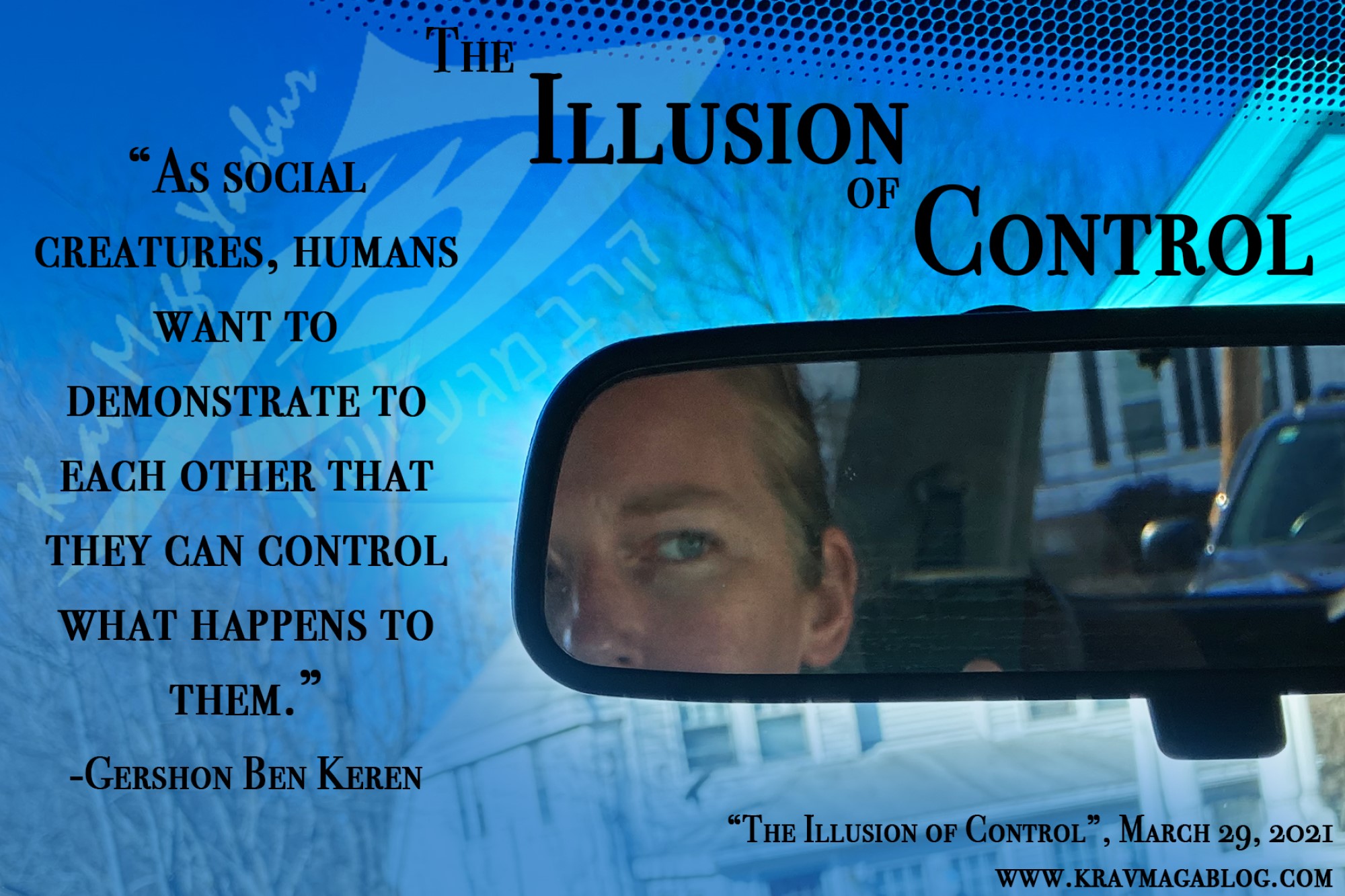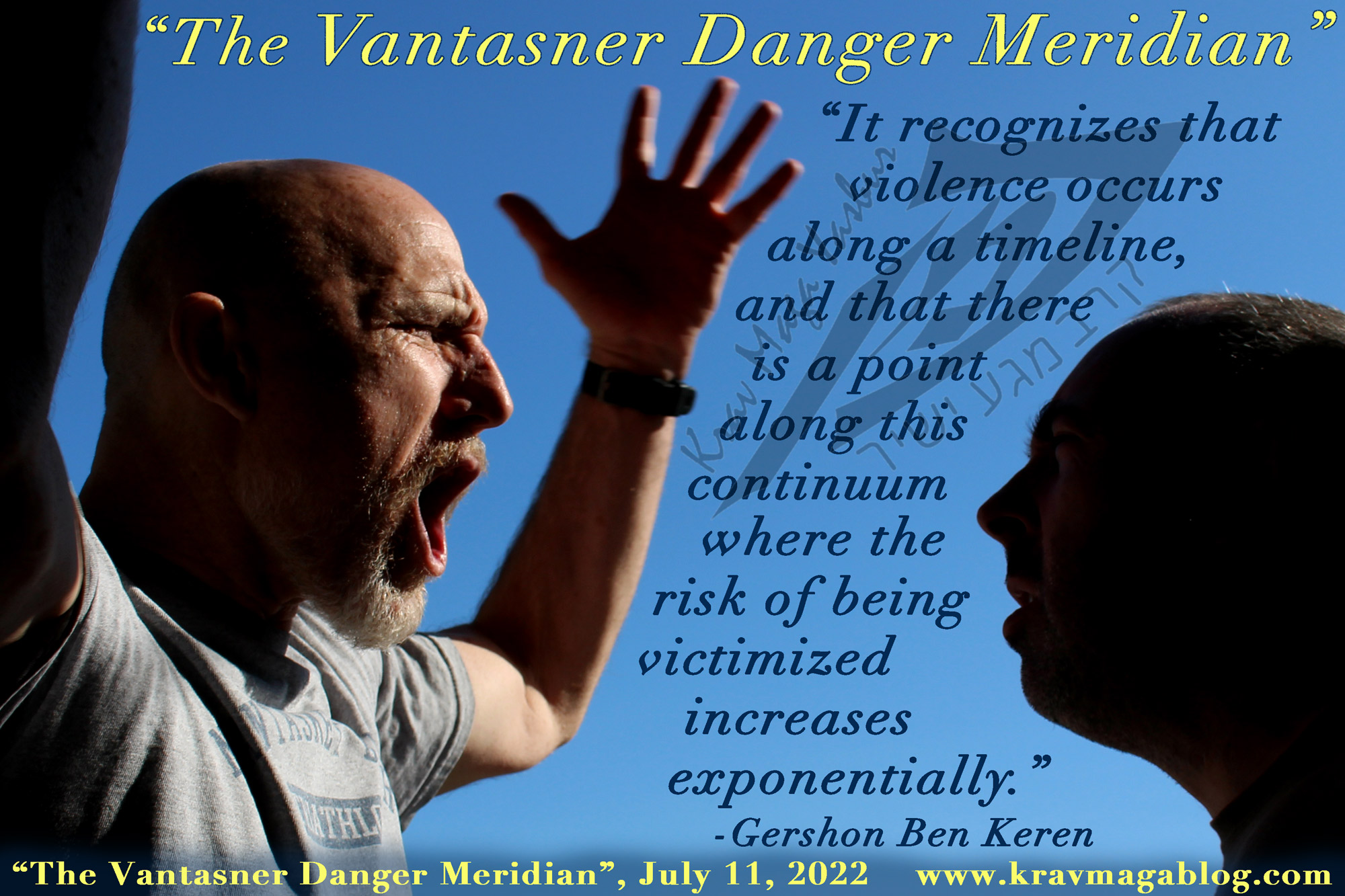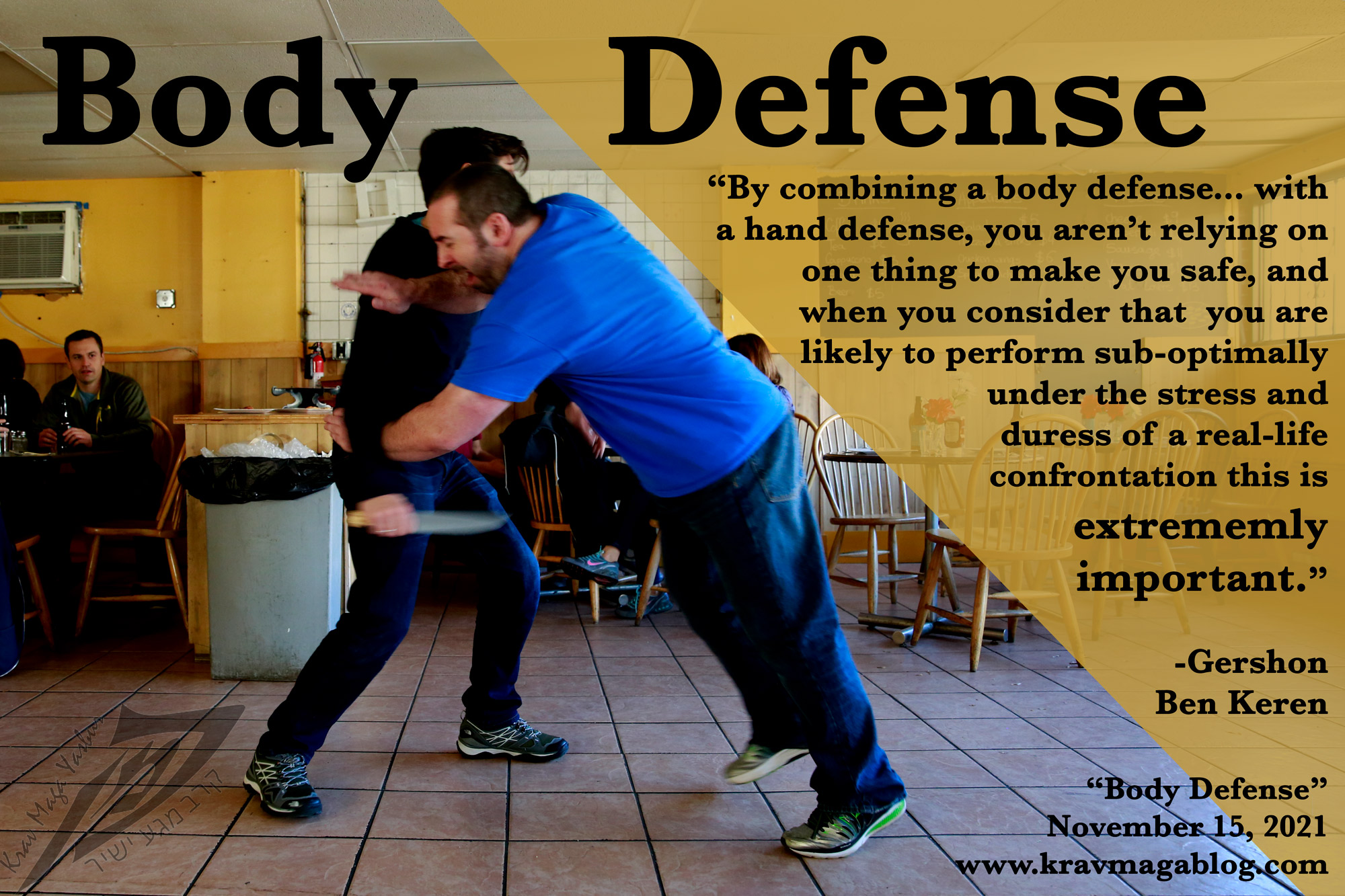Knockout Strikes, Continued Assaults & Killing Grounds, is an article written by Gershon Ben Keren, a 5th Degree Black Belt in Krav Maga, who teaches Krav Maga in Boston, MA. He has also authored three Amazon best-Selling Books on Krav Maga.
I have had several students of different self-defense systems and martial arts, as well as Krav Maga, walk through my doors and inform me that their old instructor had the power to end the fight with just one devastating blow – the most important thing to acknowledge here is that the instructor/teacher may never have said this, and it is the student’s interpretation and understanding which is being communicated. Once whilst I was away training in Israel, a prospective student who’d never met me came into my school, and informed the instructor who was standing in, that I was physically capable of wrestling bulls to the ground – photo’s on the internet obviously made me look a lot taller than I am, as I’m not sure I have the height to pat a bull on the head, let alone grab both of its horns…and that’s before we get into the issue of it running full speed into me. However I digress. This blog article is about the validity of one strike, finishing blows, and whether they exist in the real world.
My first observation on striking from a real world perspective, is that I’ve rarely seen one punch or strike connect in the right place and with enough force, to physically prevent the person hit from continuing. I’ve seen many people dazed and hurt, but few actual knockouts; and it is often difficult to tell whether it’s a true knockout, or someone claiming/pretending it is in the hope that their assailant will back away, or that somebody will intervene on their behalf – normally the door staff/security. That is not to say that knockouts don’t occur, but contrary to the number of Youtube posts, which display them, they are less common than you would think (the reason they get put on Youtube is because they are extrodinary, not because they represent the mundane and the ordinary). In my experience – and that is something which by its very nature is limited – most people back away from a fight, go fetal etc. because they’re not used to the pain or the stunning effect of a punch, rather than because they have been “shutdown” in any way.
The Human Body is capable of enduring an unimaginable amount of pain, before it has to quit. From an emotional perspective however, it is happy to quit at the first opportunity it’s given. One of the reasons we’ve become the dominant species on the planet is that we avoid pain and effort wherever it is possible; we don’t like to put up with any form of discomfort, and look to find ways to avoid this at all cost. When a person who has never endured real pain before is hit/punched, they will often emotionally shutdown; they’ve had enough already. If they continue to receive pain, the idea of backing away and giving up on the confrontation will usually increase. Do not become too overconfident in your ability to manage and not react to pain, because you spar with 14 oz gloves on – getting punched bare knuckle is another type of experience – however the fact that you have been hit before will certainly put you in a better position to deal with it.
You may be lucky, and find the knockout blow that ends the fight, however it is unlikely, and whilst you should strike/punch as if blow is intended to end the fight, you should not be expecting one particular strike/punch to do so. Throwing multiple strikes in quick succession is much more likely to overwhelm an assailant, and force them to quit, than landing one singular blow in the right spot (if you get lucky great, if you don’t keep fighting). The more powerful each strike the more likely a person will emotionally crumble – so we are not talking about multiple ineffectual strikes, but ones delivered with enough power to the right targets.
One thing to bear in mind, is that if you keep assaulting a person, and they see no way of escape, or the assault ending, you may cause them to fight back with more vigor, determination and aggression – a cornered prey animal such as a rabbit, will fight with extreme aggression against better equipped predators if it believes that is its only option. Sun Tsu talks about this in his famous book, “The Art of War”, and warns generals about forcing their opponents, on to what he refers as, “Killing Ground” – this is ground where an army has no chance of either escape or surrender, and whose only option is to fight for survival. In such situations Sun Tsu warns that it will take five men, to take one of the enemy. He warns that if someone is cornered like this, they will take the greatest risks and be at their most dangerous. Geographically, Israel is positioned on a “Killing Ground”; surrounded by hostile neighbors whose political rhetoric and statements of aggression which leave little to the imagination, and with the sea on one of its sides, Israel really only one choice when threatened and attacked – and history has shown that it has taken more than five men, to every one when Israel has been at war. risky things often work in reality, because the other person isn’t expecting it – especially when they are in a dominant and seemingly controllable position e.g. you might not expect the person you are pounding on the floor, to bite your finger, when you put your hand on their face to steady yourself, or to pull a knife rather than protect their head from your punches etc.
We often talk about the dangers of going to ground in limiting our ability to escape and disengage, but it also limits that of our assailant, especially if we take a dominant control position. If we remind ourselves that punching somebody into unconsciousness is a difficult proposition, then we have simply put our attacker on to “Killing Ground”, where at some point he will come to the realization, that emotionally crumbling isn’t an option, and he has one choice but to fight back. This will be the same if he understands that your intention is to break a limb, or choke him out. Putting your assailant in a cul-de-sac, where he has only one choice, which is to fight for survival, may not be an effective strategy in many situations – giving them an out, and a means to disengage may be safer.
If you manage to knock somebody to the floor, or beat someone down so that they are visibly shaken, and clearly don’t want to continue the fight, giving both of you the option to disengage may be the more effective route to go. Being able to determine, when your attacker has had enough can be a difficult call to make, especially when adrenalized, and finding yourself tunnel-visioned with your eyes only focusing on your primary attacker (a good reason to scan). Attacking with unlimited ferocity, throwing multiple strikes – not expecting a singular knockout blow – and monitoring your assailant’s response(s), is perhaps your most effective way of dealing with many acts/incidents of aggression. There are times of course when you’re only goal should be to truly render your opponent physically, rather than just emotionally, incapable of continuing the fight but these situations tend to be specific, worst case scenarios, rather than the more common ones that your average person is likely to face.
0 COMMENTS














